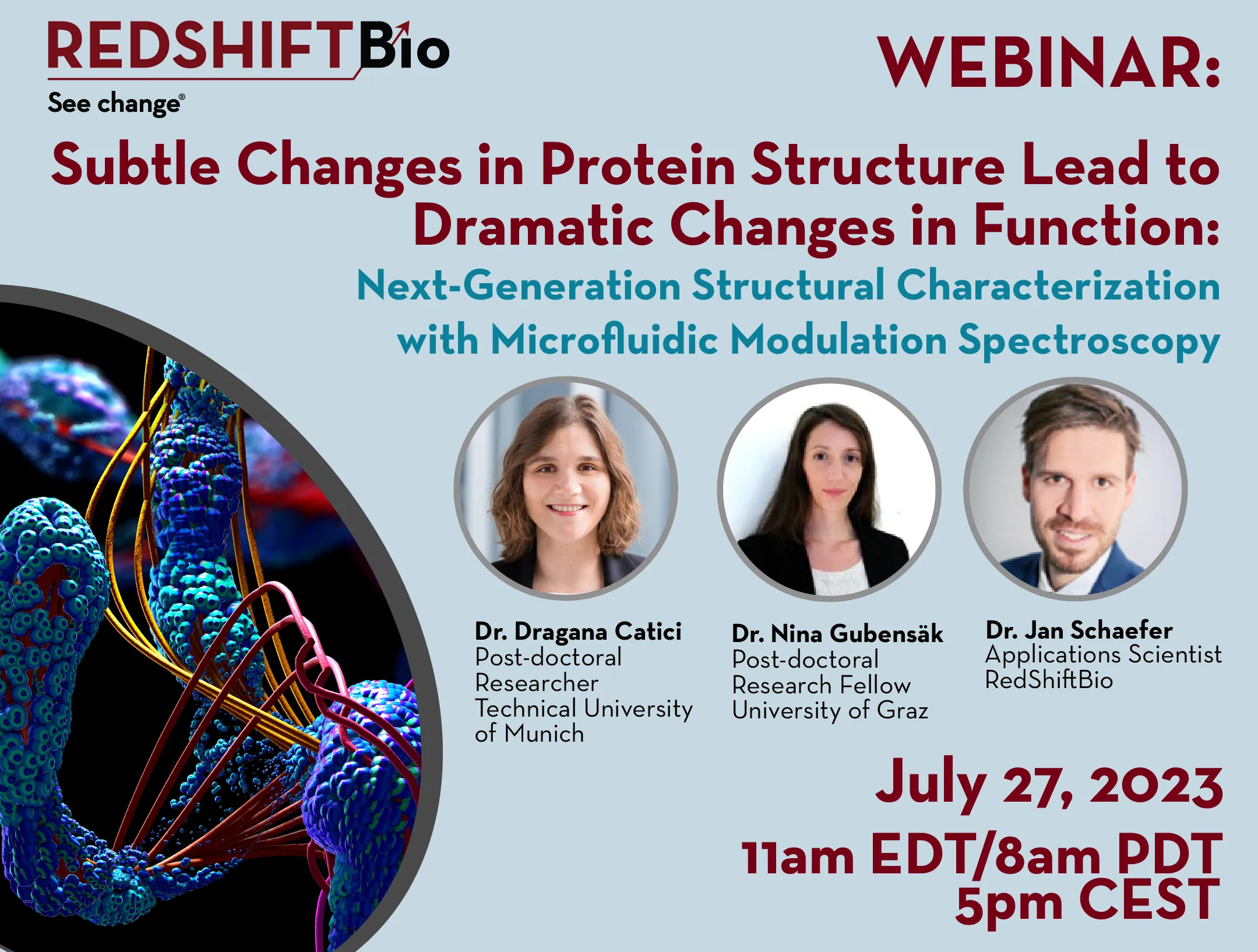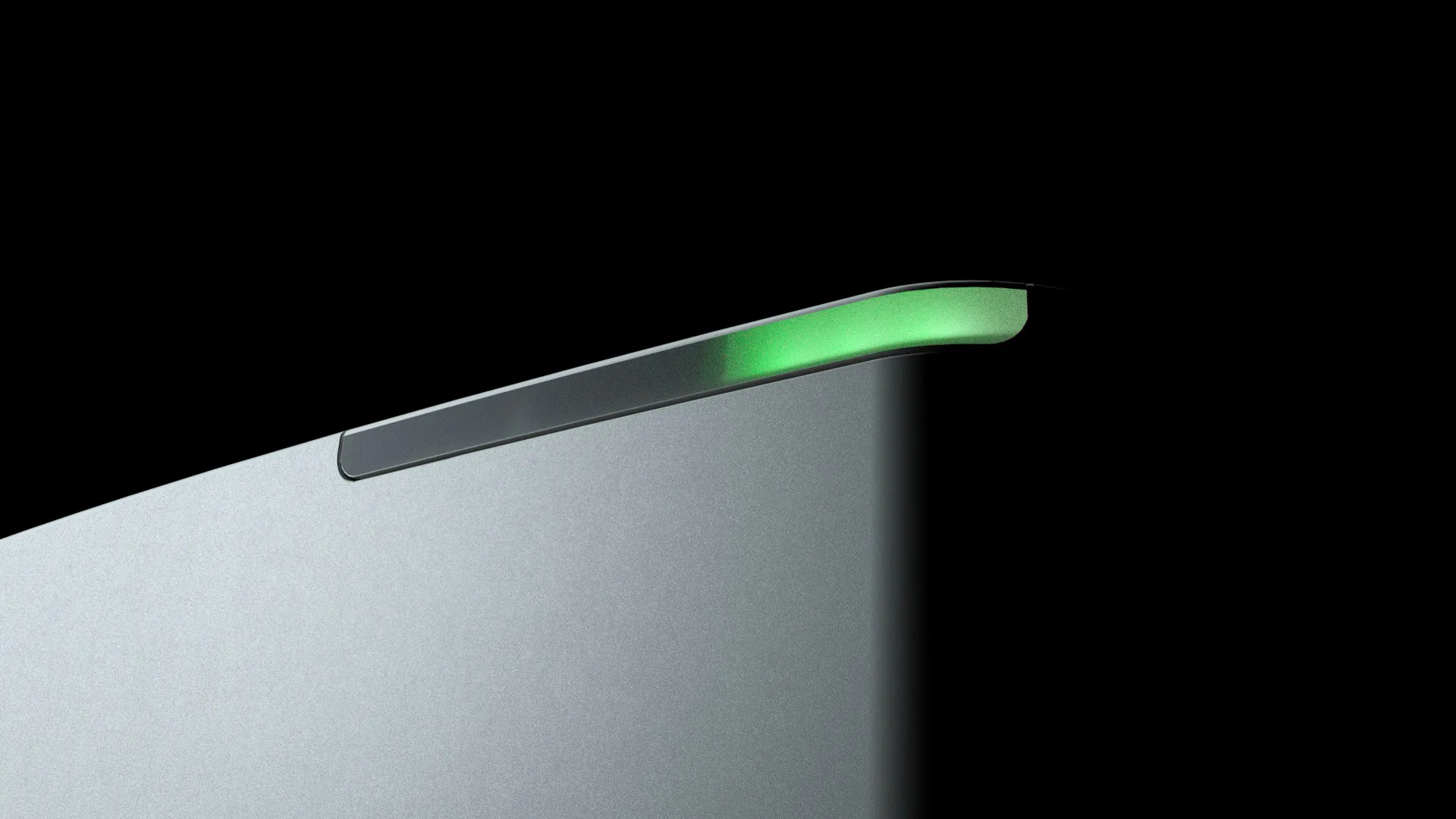
Subtle Changes in Protein Structure Lead to Dramatic Changes in Function: Next-Generation Structural Characterization with Microfluidic Modulation Spectroscopy

Microfluidic Modulation Spectroscopy (MMS) is a novel Quantum Cascade Laser-based Infrared-spectroscopic technique that generates ultra-sensitive and precise structural measurements of proteins and other biomolecules with greater sensitivity than traditional spectroscopic tools.
This webinar opens with a brief overview of the fundamentals of MMS and is then led by Dr. Dragana Catici of the Technical University of Munich and Dr. Nina Gubensäk of the University of Graz. The two researchers provide examples of how MMS was used with minimal time expenditure to generate data that helped elucidate protein structure-function relationships in each researcher’s area of interest.
Dr. Catici explores the effect of high protein concentration (macromolecular crowding) on the structure, stability, and function of alpha-crystallin proteins. MMS was used to examine structural changes upon protein crowding, over a very broad concentration range. At the lower end of the concentration range, MMS was compared to CD, with results showing that MMS provides a more realistic picture of the absolute protein structure and that MMS is able to identify the subtle structural changes associated with crowding effects.
Dr. Gubensäk offers an insight into the regulatory bile-sensing protein complex, ToxRS of V. cholerae. The analysis included the application of MMS, which was used to identify structural changes upon ligand binding, which initiates virus activation. These findings will aid future development of therapeutics to disrupt virulent action.
Join us as we explore these two data sets in greater detail and learn about the key elements of MMS that differentiate it from classic protein secondary structure tools, and which helped deliver high-impact results for these researchers as well as numerous others in both academia and biopharmaceutical development.
A brief Q&A session follows the presentation. If you would like to know more about MMS or either of these fascinating case studies, please contact us!

Webinar Form
Please complete the form to watch the video.

